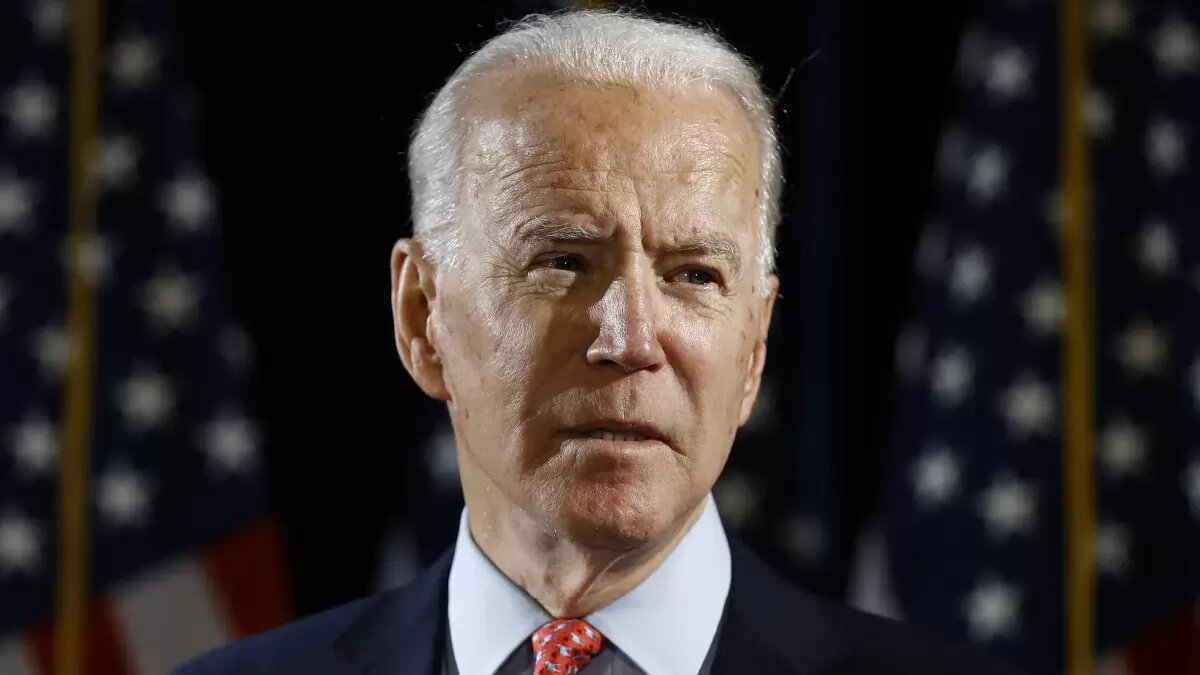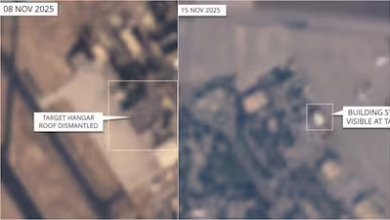With Ukraine And Future Battles, Biden Wants $886bn Defence Budget

- The Pentagon's research and development budget in the 2024 budget is the highest it has ever been, at $145 billion.
- The budget would help the biggest U.S. defence contractors like Lockheed, Raytheon, Northrop Grumman Corp, and General Dynamics Corp.
President Joe Biden’s $886 billion request for the US defence budget is the largest in peacetime. It includes a 5.2% pay raise for troops and the largest amount ever given for research and development. Russia’s war in Ukraine has increased the need for more money to be spent on weapons.
Biden’s request gives $842 billion to the Pentagon and $44 billion to the FBI, the Department of Energy, and other agencies for defense-related programmes. The proposed budget for 2024 is worth $28 billion more than the budget for last year, which was $858 billion.
Congress has said, as it often does, that it will spend more on defence than Biden asks for during the months-long budget process that this request starts. Senate and House bills that set policy and spending levels for the Pentagon are usually passed later in the year.
Congress and the administration are both keeping an eye on a possible long war in Ukraine and possible future conflicts with Russia and China.
Deputy US Defense Secretary Kathleen Hicks said on Monday that the best way to measure success is to make sure that the leaders of the PRC (People’s Republic of China) wake up every day, think about the risks of aggression, and decide, “Today is not the day.”
Relations between the US and China have become very tense over things like trade and espionage as the two countries compete for power in parts of the world far from their own borders.
When the budget numbers came out on Thursday, US Senator Jack Reed, who is in charge of the Senate Armed Services Committee, said, “This top-line request is a good place to start.”
This budget will be the first time that missiles and other weapons will be bought with multi-year contracts, which is normal for planes and ships. This is because the Pentagon wants to show top weapons makers like Raytheon Technologies Corp, Lockheed Martin Corp, and Aerojet Rocketdyne Holdings Inc that there will be a steady demand for their products.
The Ukraine war showed the U.S. military that it needs to make more of some types of weapons. This helps to explain the long-term contracts for weapons that could also be used in a war with China.
Advanced missiles
The budget increases the buying of high-tech missiles like the Joint Air-to-Surface Standoff Missile-Extended Range (JASSM-ER) and the Advanced Medium Range Air-to-Air Missile (AMRAAM). Those “are for the bigger picture, for a fight with a higher stakes. They are not ground-based weapons “A senior U.S. defence official said that the weapons used in Ukraine are similar to those used in the U.S.
So far, $35.7 billion in additional funds from 2022 have been used to pay for the JAVELIN and Guided Multiple Launch Rocket System (GMLRS) weapons sent to Ukraine. The budget for the Pentagon’s help to Ukraine is the same as it was last year. The top defence official said that if more money is needed for Ukraine, another request could be made.
The Pentagon’s research and development budget in the 2024 budget is the highest it has ever been, at $145 billion. This money will be used to make new weapons like hypersonic missiles, which are fired into the upper atmosphere and can avoid even the most advanced radar systems. These missiles have been used by Russia in Ukraine.
Biden’s budget request also speeds up to 83 the rate at which the Department of Defense will buy the stealthy F-35 fighter jet. The F-35 is the Pentagon’s biggest weapons programme, and in the near future, it will be the key to U.S. air power.
The budget request for 2023 asked for 61 Lockheed Martin F-35 jets, but Congress raised that number to 77.
Modernizing the U.S. nuclear “triad” of ballistic missile submarines, bombers, and land-based missiles is another top priority for this budget, as is building ships and improving space capabilities.
The budget would help the biggest U.S. defence contractors like Lockheed, Raytheon, Northrop Grumman Corp, and General Dynamics Corp.
Some of this investment is paid for by asking to get rid of older equipment, such as two of the Navy’s older Littoral Combat Ships, 32 of the Air Force’s not-ready-for-combat F-22 Raptor jet fighters, and 42 of the Air Force’s older A-10 Warthogs. These pieces of equipment are less important since the U.S. pulled out of Afghanistan last year, because they are vulnerable to more advanced enemies.







Facebook Comments